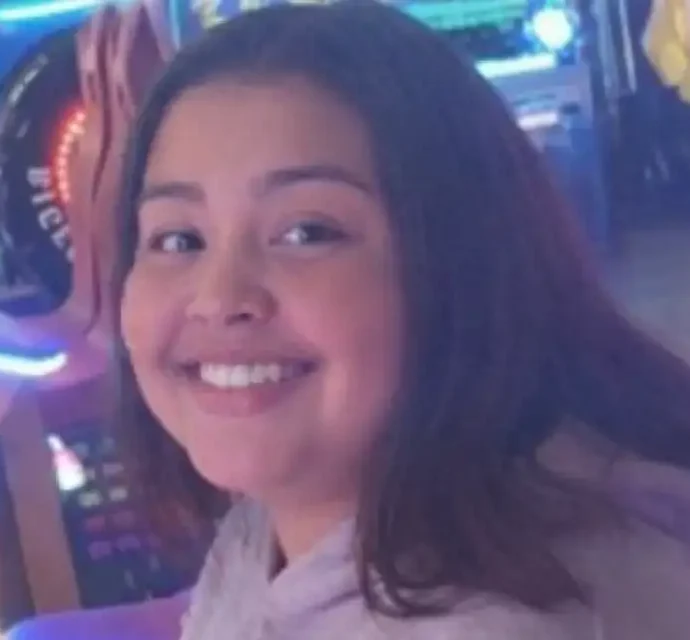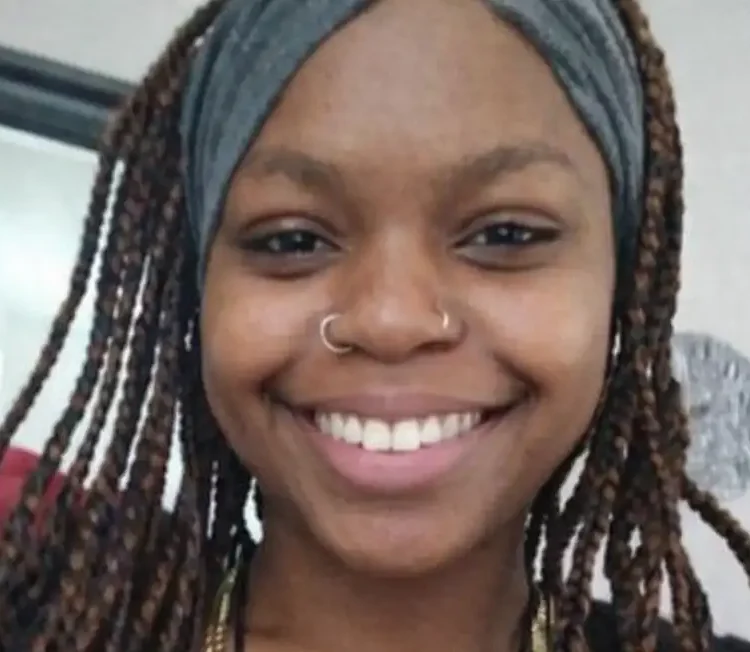Deborah McCall: The Case of Illinois Teen’s 1979 Disappearance

In 1979, 19-year-old Deborah McCall went missing from Downers Grove, Illinois. Her disappearance became one of Illinois’ longest-running unsolved cases, with few leads and limited forensic technology. Nearly half a century later, advances in DNA testing helped bring closure to her family and community.
Deborah McCall: The Mysterious Disappearance in 1979
Deborah McCall was last seen leaving Downers Grove North High School on November 5, 1979. Friends reported that she was heading home but never arrived. Police launched a search, which intensified as weeks turned into months, yet no leads or suspects emerged. Public appeals and posters circulated widely in hopes of finding McCall or learning what had happened. Despite these efforts, the case went cold, remaining unsolved for over 40 years.
New DNA Technology Breaks the Case
The 21st century brought advancements in forensic technology, especially in DNA testing, enabling previously cold cases to be re-examined. In 2019, investigators used these methods on existing evidence, connecting McCall’s case to Bruce Lindahl, a suspected serial criminal in the area. Lindahl was notorious for violent crimes, including murder, and had evaded conviction during his life. In 1981, he accidentally killed himself while attacking another victim. It wasn’t until 2019, however, that DNA evidence linked him to McCall’s presumed abduction and death.
How DNA Advances Solved a 40-Year-Old Case
Cold cases like McCall’s now have a much greater chance of resolution due to genetic genealogy. This method, which compares crime scene DNA to genealogy databases, allowed investigators to link Lindahl’s DNA to multiple unsolved cases in Illinois. In McCall’s case, the use of familial DNA comparison helped investigators verify Lindahl’s role, confirming long-held suspicions. Genetic genealogy has led to closures in hundreds of cold cases nationwide, where the backlog of unsolved crimes is slowly diminishing thanks to these breakthroughs.
Illinois Cold Cases and Changing Technologies
According to the Bureau of Justice Statistics, Illinois had nearly 3,000 unresolved missing persons cases as of 2018, underscoring the need for advances in crime-solving technology. Across the United States, DNA evidence and genealogy have helped solve over 200 cold cases since 2018, providing families with long-awaited answers. McCall’s case exemplifies the potential for long-unsolved cases to finally be resolved through modern methods.
Seeking Justice and Closure for Other Families
The McCall family and Downers Grove community have expressed relief at finally knowing the truth, even as they grieve the confirmation of McCall’s death. The case also reignites hope for families of other missing persons, as authorities continue to use genetic genealogy in both Illinois and nationwide investigations. This significant development serves as a reminder of the persistent dedication to solving cold cases and the invaluable role that modern forensic technology plays in bringing justice to the families affected.






